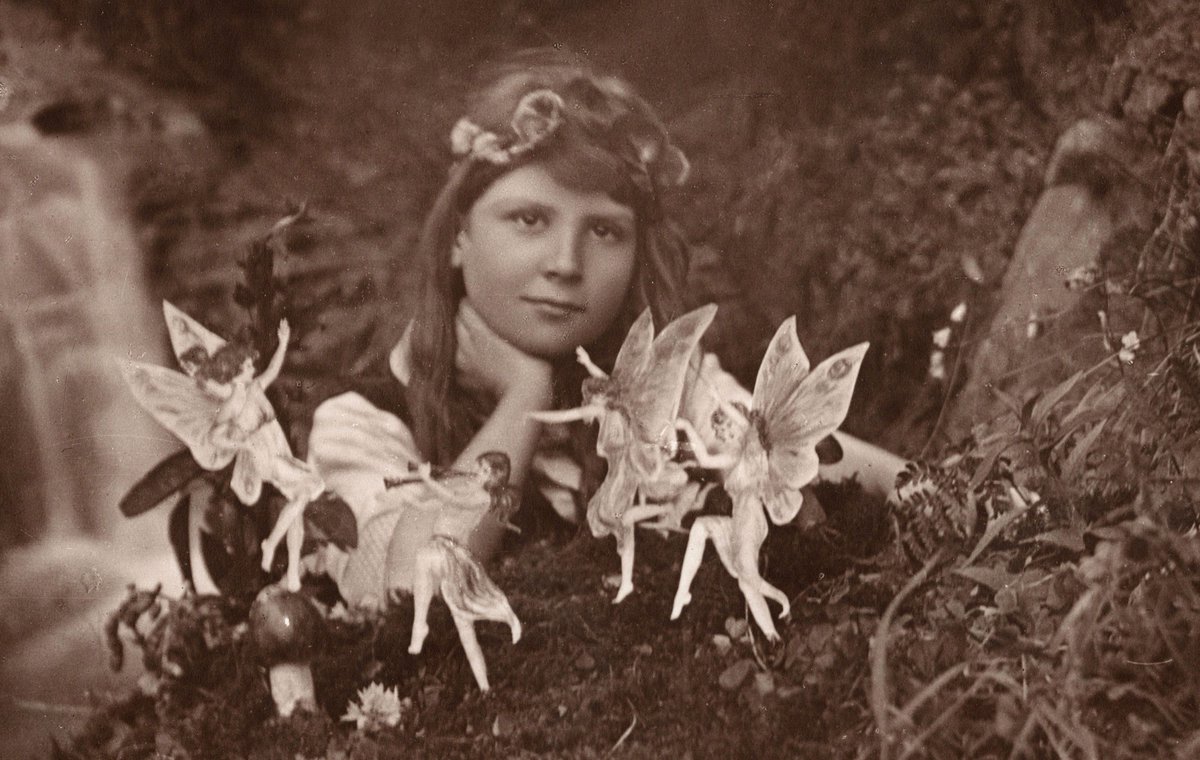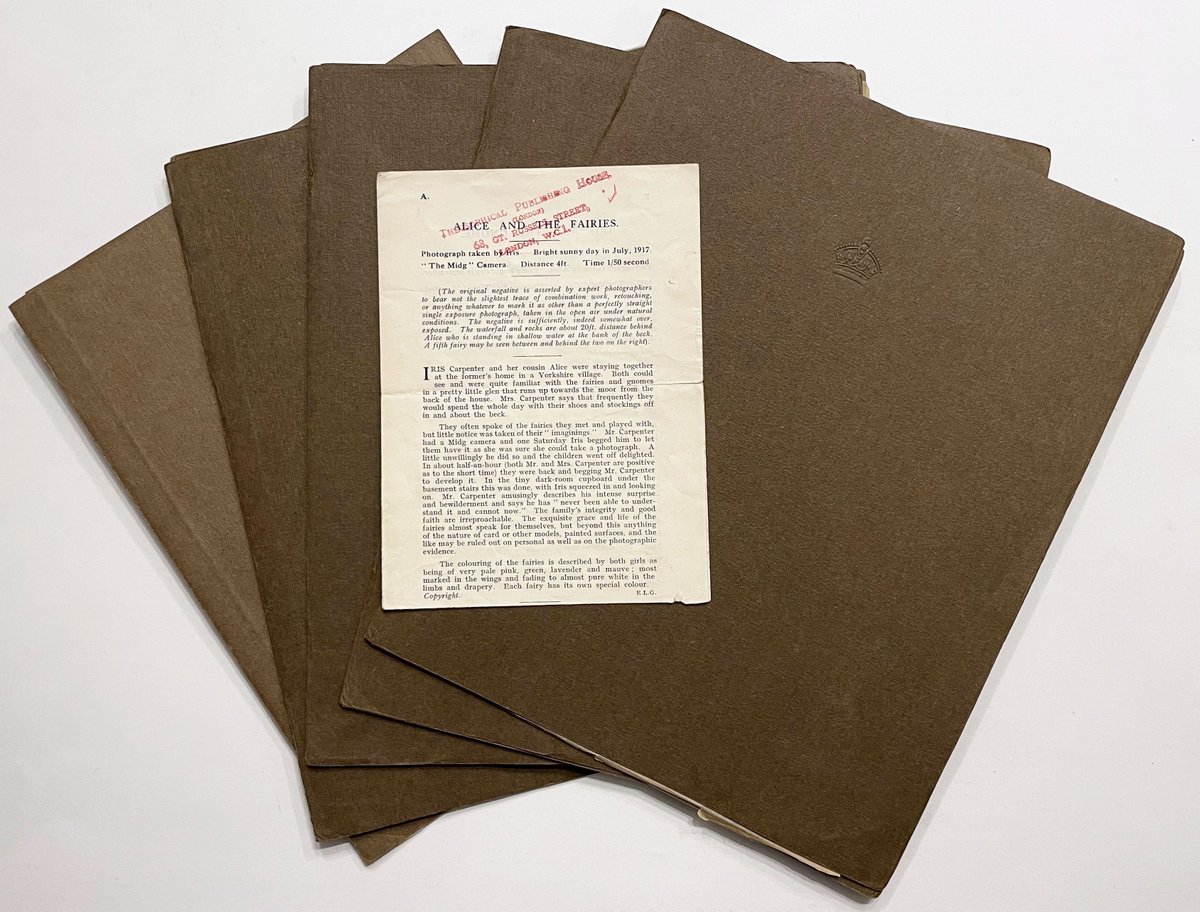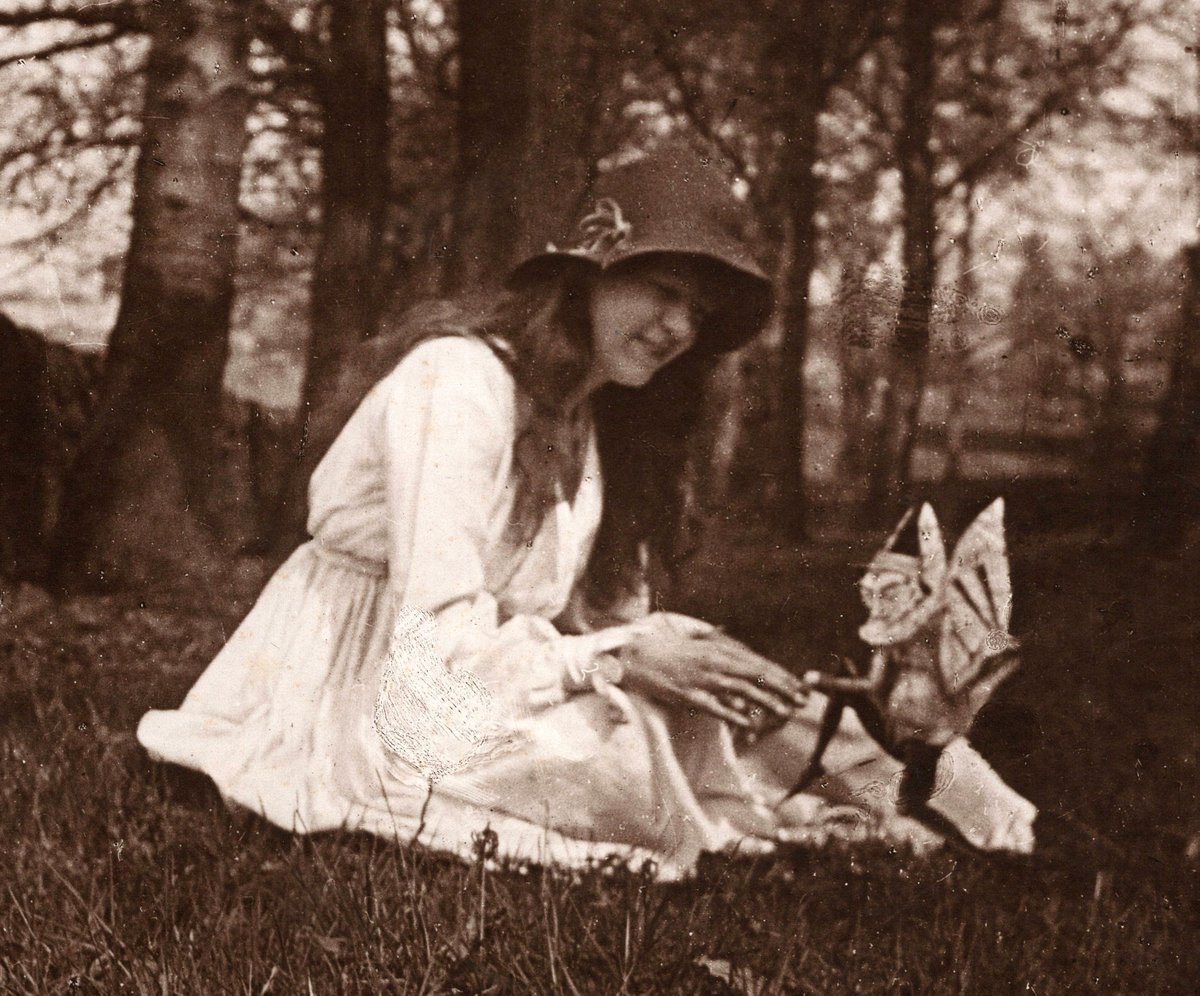
Mimih Spirit bark painting, North East of Darwin, brought to the Finke River Mission Station in 1962.
Aboriginal groups living in the rocky environments of western and southern Arnhem Land share mythology which relates to the tall slender spirits they call Mimih. 1/
Aboriginal groups living in the rocky environments of western and southern Arnhem Land share mythology which relates to the tall slender spirits they call Mimih. 1/

The belief in Mimih is thousands of years old. Mimi are seen on rock shelters as well as on bark - some of the oldest cave paintings in Western Arnhem Land are of these figures running and hunting. Mimih spirits are generally painted as extremely thin human-like beings. 2/ 



Mimih are credited with instructing the first Aboriginal people with the knowledge of how to survive in the barren rocky environment of the Arnhem Land plateau. Mimih are said to have taught the first humans how to hunt & butcher game, and also how to dance, sing and paint. 3/ 

The Mimih are said to be terribly thin, having necks so slender that a stiff breeze would be fatal. For this reason they emerge only on windless days and nights to hunt. As soon as a breeze develops, the Mimih are said to run back to their rocky caverns and disappear inside. 4/
It's been speculated that tales of the Mimih could be an ancient echo of real people. Could a small lightweight humanoid have lived alongside Aboriginal peoples in Australia 40000 years ago? At first this seems outrageous but it may not be as far fetched as it first sounds. 5/
50,000 years ago a small (3 ft 6 in) archaic human weighing only 25 kg lived on the island of Flores in Indonesia. Homo floresiensis lived contemporaneously with modern humans. We know Homo floresiensis was intelligent, hunting with napped tools and using fire. 6/
We also know Homo floresiensis was capable of travelling across the open sea, traversing sections of the ocean before modern humans. It is possible they may also have made it to Australia via New Guinea and the then Torres Strait land bridge. 7/
In the same way that it's been speculated that the character of Enkidu - heavily built, hairy - in Gilgamesh might be an ur-memory of a time when Homo sapiens & Neanderthals lived alongside each other, so may the Mimih recall a race like Homo floresiensis from the deep past. 8/
This bark painting was not made as "Aboriginal art" in the modern sense - it's older, and was likely made for ritual purposes. According to a letter from the Finke River Mission Station, it was brought to them by an elderly stockman in 1962, and was already extremely old then. 9/ 

• • •
Missing some Tweet in this thread? You can try to
force a refresh


























